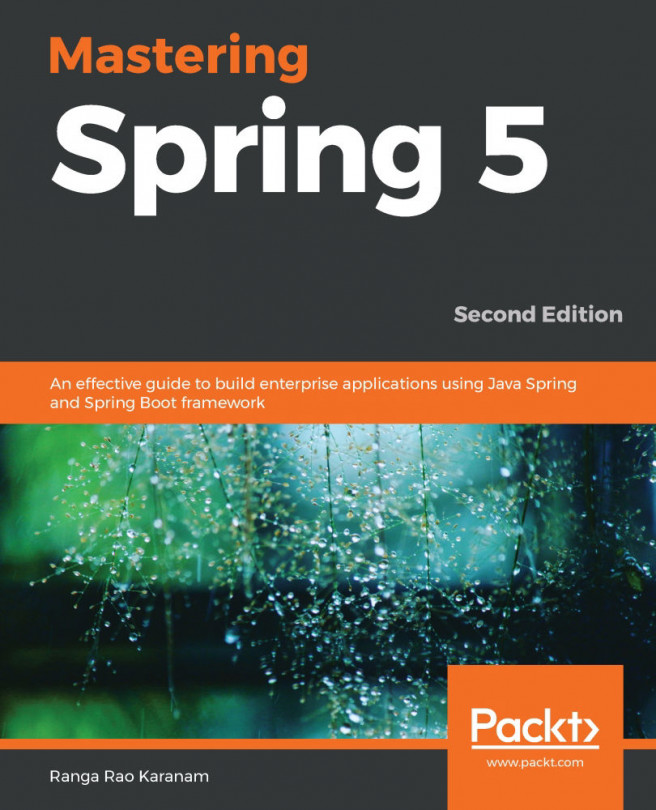Testing patterns
Testing large internet applications for the cloud requires a disciplined approach where a few patterns come in handy.
A/B testing
The original intent of A/B testing, also called split testing, was for experimentation to find out the user response of a few selected users to two different web pages with the same functionality. If the users responded favorably to a certain pattern as compared to the other set, it was selected.
This concept can be expanded to the introduction of new features in a phased manner. The feature, campaign, layout, or new service is introduced to a controlled set of users and the response is measured:

After the test window is over, the results are aggregated to plan the effectiveness of the updated functionality.
The strategy in such testing is that for the selected set of users, an HTTP 302 (temporary redirect) is used to switch the users from the regular website to a newly designed website. This will require running a variation of the website or functional...




































































